- 9 Posts
- 25 Comments

 2·4 days ago
2·4 days agoIt’s steady pressure and it’s only in one direction. Some countries resist more than others. I’m guessing you are not in the EU, because if so, you’d be aware of the “chat control” push.
Even so, it’s not the days of Napster anymore. Think about hardware DRM. It stops no one but you, too, paid to have it developed and built into your devices. Think about Content ID. That’s not going away. It’s only going to be expanded. That frog will be boiled.
Recently, intellectual property has been reframed as being about “consensual use of data”. I think this is proving to be very effective. It’s no longer “piracy” or “theft”, it’s a violation of “consent”. The deepfake issue creates a direct link to sexual aggression. One bill in the US, that ostensibly targets deepfakes, would apply to any movie with a sex scene; making sharing it a federal felony.

 22·4 days ago
22·4 days agoHey, I’m just saying how it’s going. Look at, say, threads here about deepfakes. See all the calls for laws and government action. How can that be enforced?

 23·4 days ago
23·4 days agoit would be if internet regulation was practically enforceable for anyone other than commercial businesses operating out in the open.
Well, then I guess we just have to call for more government enforcement.
In the EU, there is certainly more government pressure, instead of just lawsuits between big (or small) players.

 8·4 days ago
8·4 days agoI just described what’s going on. The world outside of China or Russia is going slower but the direction is the same.

 216·5 days ago
216·5 days agoBorders in cyberspace is the future. There are increased efforts to regulate the internet everywhere. Think copyright, age verification, the GDPR, or even anti-CSAM laws. It’s all about making sure that information is only available to people who are permitted to access it. China is really leading the way here.
We do not agree with China’s regulations, but that only means that we need border controls. Data must be checked for regulatory compliance with local laws.

 3·7 days ago
3·7 days agoIch hab ein bisschen nachgedacht, wie man sowas wohl umsetzen könnte. Sagt mir falls ich was übersehen habe.
Mit der Chatkontrolle soll der Tausch von Bildern/Videos/etc aufgedeckt werden, sowie “Grooming” (Kontaktaufnahme mit dem Ziel Missbrauch zu begehen). Es wird zwar immer über Kinder geredet, aber gemeint sind alle Menschen unter 18 Jahren. Die Definition von “Kinderpornografie” ist extrem weitreichend. Die Originalfassung von Die Blechtrommel müsste jetzt eigentlich auch verboten sein. Muss ich mal nachschlagen.
In Deutschland gibt es noch ein bisschen eine Ausnahme für “Sexting”. Aber wenn Nudes irgendwie in der Klasse umgehen, oder in Internetforen landen, ist das sofort strafbar. Das heißt, alle Flirt- und Ficknachrichten, alle Nacktselfies, von/mit Minderjährigen sind erstmal verdächtig.
Die Behörden müssen eigentlich bei jedem Verdachtsfall erstmal das Alter und die Hintergründe klären. Das ist logistisch herausfordernd.
Man müsste es so machen: Alle Minderjährigen (oder so Aussehenden), die durch Sexting auffallen, kommen in eine biometrische Datenbank. Die Besitzer von Handys und ihr Alter sind den Behörden bekannt. Solange also eine Beziehung hält, kann man neues Material, das da hin und hergeschickt wird, ignorieren. Wenn man erst so eine Datenbank hat, von allen online-sexuell Aktiven, dann kann man sich auf ungewöhnliche Muster konzentrieren. Man muss natürlich nachwachsende Pubertierende eintragen. Wahrscheinlich wäre es am einfachsten, wenn man die biometrischen Daten schon von vornherein sammelt, zB bei Schulfotos oder schulärztlichen Untersuchungen.
Ich glaube, es geht nicht mit weniger Aufwand. Oder hat irgendjemand eine Idee?

 14·10 days ago
14·10 days agoUnter Datenschutz verstehe ich das, was in der DSGVO/GDPR geregelt ist.
Man könnte die alle unter ein Recht auf geschützte Kommunikation und ein Recht auf Hoheit über die persönlichen Daten zusammenfassen.
Das sind aber wieder 2 Sachen. Man kann gut argumentieren, dass die Metadaten mit dem Inhalt der Kommunikation geschützt werden müssen. Hoheit über diese Daten impliziert eine Art Besitzanspruch. Nach der Logik dürfen deine Freunde anderen nicht sagen, dass du ihr Freund bist oder was ihr zusammen macht. Wenn du es verlangst, müssten sie diese Information löschen. Klar, für diese privaten Angelegenheiten gibt es Ausnahmen in den Datenschutzgesetzen, aber eben Ausnahmen. Eigentlich wäre es so.

 9·10 days ago
9·10 days agoEs gäbe schon jetzt einiges was zusätzlich getan werden könnte, um diese Dinge besser einzudämmen
Den meisten Befürwortern dürfte das egal sein. Wenn hier Polizei-bekannte oder fiktive Bilder aufgespürt werden, beendet das keinen Missbrauch. Da sind den Leuten die Kinder schon mal eindeutig egal.
Jetzt die Frage, wer eigentlich Nacktbilder von Minderjährigen auf dem Handy hat. Natürlich vor allem genau jene Minderjährigen. Es ist jetzt schon so, dass die meisten Verdächtigen minderjährig sind. Wenn es wirklich darum ginge, Kinder und Jugendliche zu schützen, würde man es von Grund auf anders aufziehen.
Für die meisten Menschen ist die Durchsetzung der “korrekten” Sexualmoral ein Selbstzweck. Die vermeintlich guten Absichten, mit denen man den Weg zur Hölle pflastert, dienen nur dazu, Vernunft und Gewissen zu betäuben.

 1·10 days ago
1·10 days agoI thought she made some very good points, but the quote in the title makes no sense to me.

 3·10 days ago
3·10 days agoBriefgeheimnisses
Bin ich eigentlich der Einzige, für den Briefgeheimnis, Fernmeldegeheimnis, etc und Datenschutz ganz verschiedene Themen sind?

 2·10 days ago
2·10 days agoIch weiß nie, was ich mit solchen Meinungen anfangen soll. Sind die einfach ungebildet, oder haben die irgendeine Agenda? Ich habe immer den Verdacht, dass die Copyright-Lobby dahintersteht. Das sind die einzigen Leute, bei denen ich ein rationales Interesse an solchen Maßnahmen sehe. Wenn man nach illegal gespeicherten Medien sucht, dann ist das Verfolgen von “Raubkopien” natürlich der wesentliche Use-Case.

 01·16 days ago
01·16 days agoPrivate ownership ≠ capitalism.
Right. It’s private ownership of capital; aka the means of production. You’re saying that data should be owned because it can be used productively. That’s exactly capitalism for capitalism’s sake.
This is a typical economically right-wing approach. There is a problem, so you just create a new kind of property and call it done. The magic of the market takes care of it, or something. I don’t understand why one would expect a different result from trying the same thing.

 0·16 days ago
0·16 days agoThe solution for capitalism is more capitalism? Have you never played monopoly?
So… Did he make the right choice in that movie? He did get lobotomized, but he might have saved Mars.
Text explaining why the neural network representation of common features (typically with weighted proportionality to their occurrence) does not meet the definition of a mathematical average. Does it not favor common response patterns?
Hmm. I’m not really sure why anyone would write such a text. There is no “weighted proportionality” (or pathways). Is this a common conception?
You don’t need it to be an average of the real world to be an average. I can calculate as many average values as I want from entirely fictional worlds. It’s still a type of model which favors what it sees often over what it sees rarely. That’s a form of probability embedded, corresponding to a form of average.
I guess you picked up on the fact that transformers output a probability distribution. I don’t think anyone calls those an average, though you could have an average distribution. Come to think of it, before you use that to pick the next token, you usually mess with it a little to make it more or less “creative”. That’s certainly no longer an average.
You can see a neural net as a kind of regression analysis. I don’t think I have ever heard someone calling that a kind of average, though. I’m also skeptical if you can see a transformer as a regression but I don’t know this stuff well enough. When you train on some data more often than on other data, that is not how you would do a regression. Certainly, once you start RLHF training, you have left regression territory for good.
The GPTisms might be because they are overrepresented in the finetuning data. It might also be from the RLHF and/or brought out by the system prompt.
I accidentally clicked reply, sorry.
B) you do know there’s a lot of different definitions of average, right?
I don’t think that any definition applies to this. But I’m no expert on averages. In any case, the training data is not representative of the internet or anything. It’s also not training equally on all data and not only on such text. What you get out is not representative of anything.
A) I’ve not yet seen evidence to the contrary
You should worry more about whether you have seen evidence that supports what you are saying. So, what kind of evidence do you want? A tutorial on coding neural nets? The math? Video or text?
That’s a) not how it works and b) not averaging.
Who exactly creates the image is not the only issue and maybe I gave it too much prominence. Another factor is that the use of copyrighted training data is still being negotiated/litigated in the US. It will help if they tread lightly.
My opinion is that it has to be legal on first amendment grounds, or more generally freedom of expression. Fair use (a US thing) derives from the 1st amendment, though not exclusively. If AI services can’t be used for creating protected speech, like parody, then this severely limits what the average person can express.
What worries me is that the major lawsuits involve Big Tech companies. They have an interest in far-reaching IP laws; just not quite far-reaching enough to cut off their R&D.


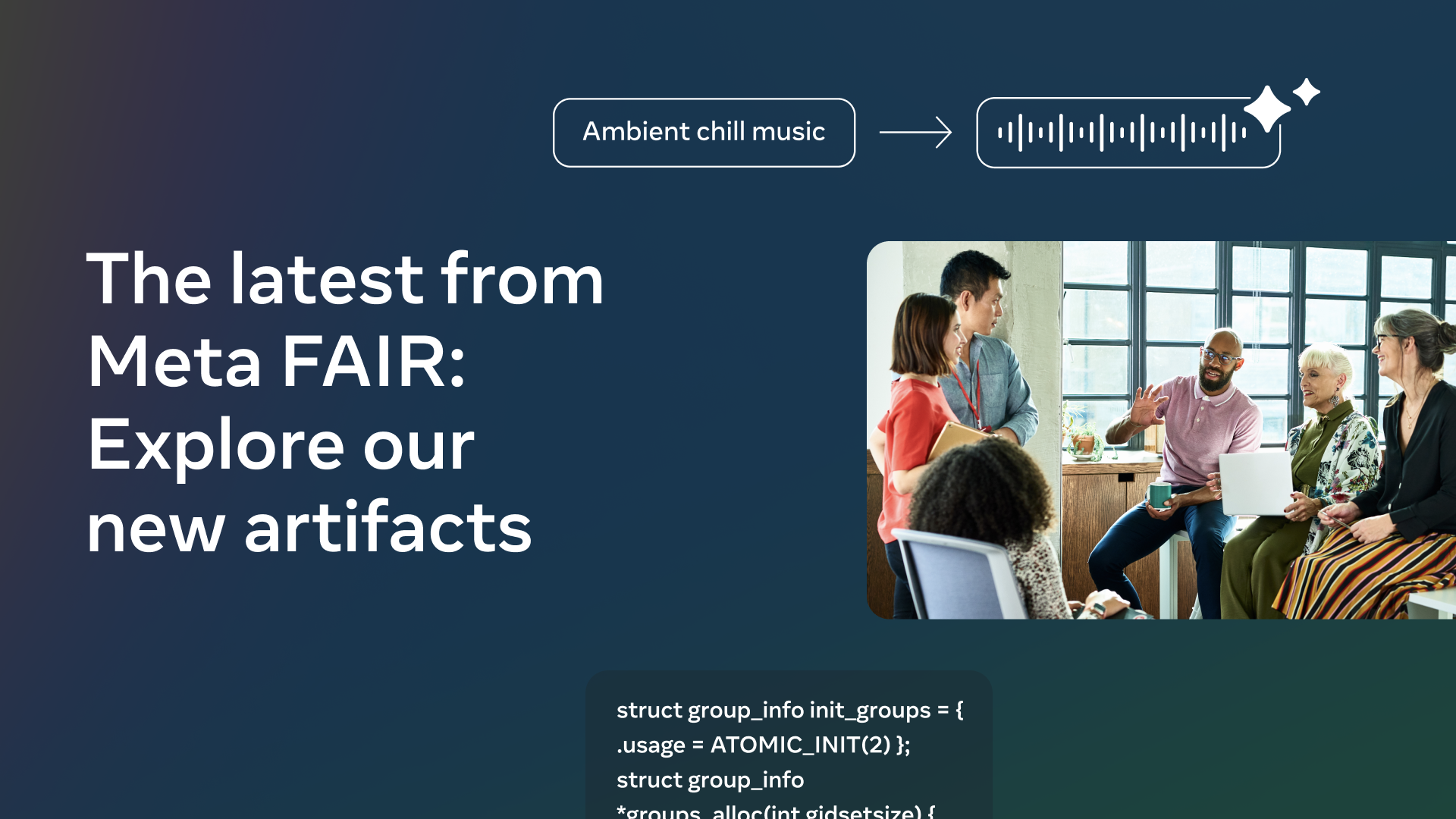
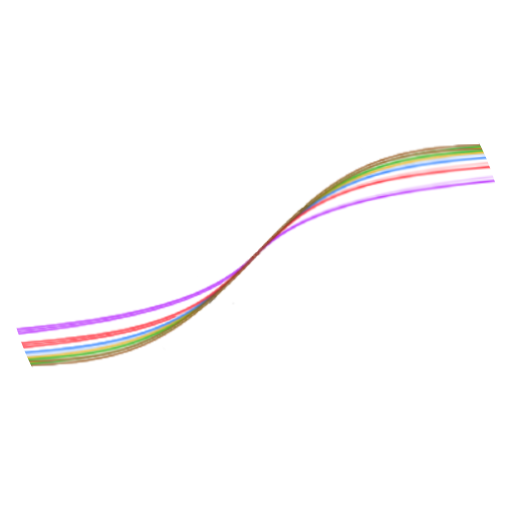
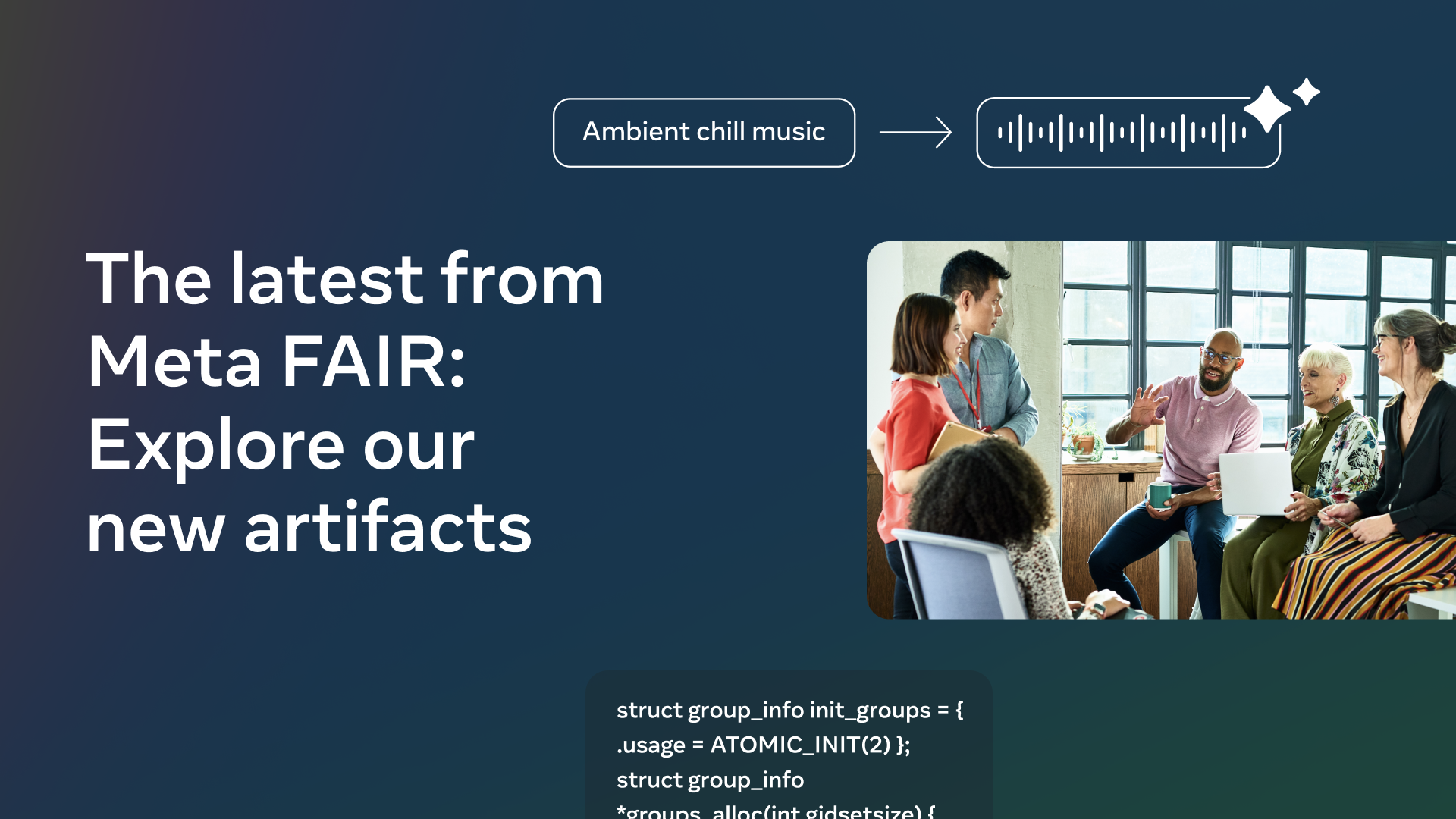
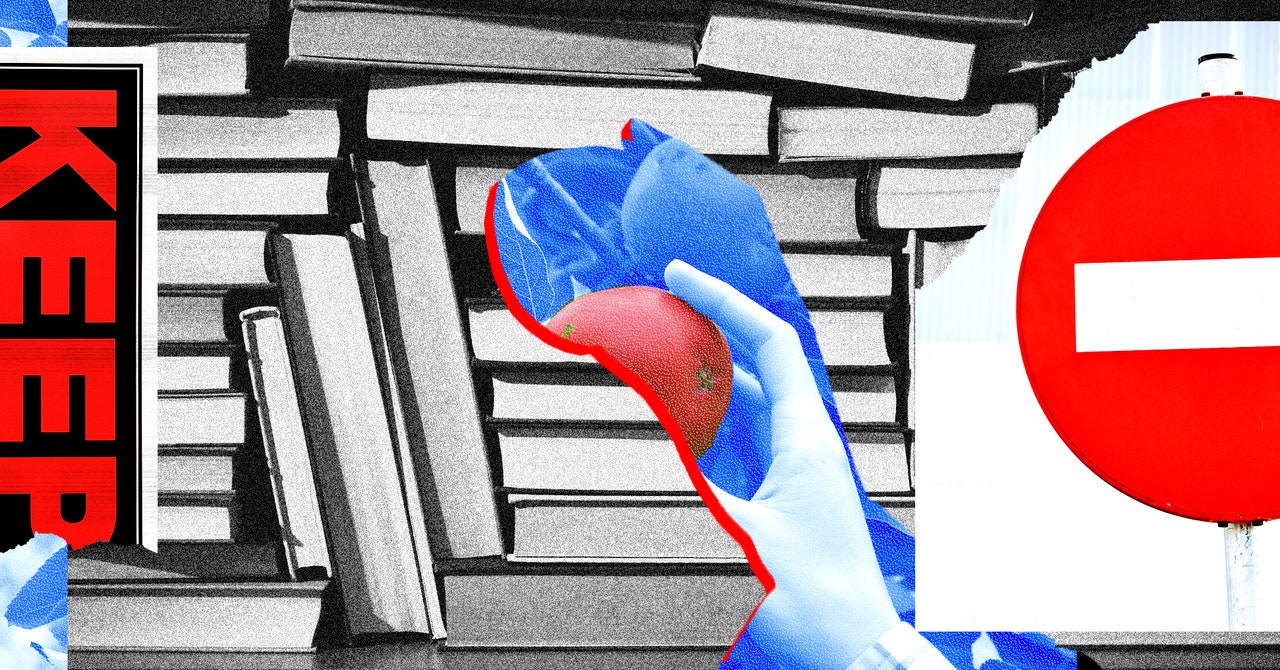
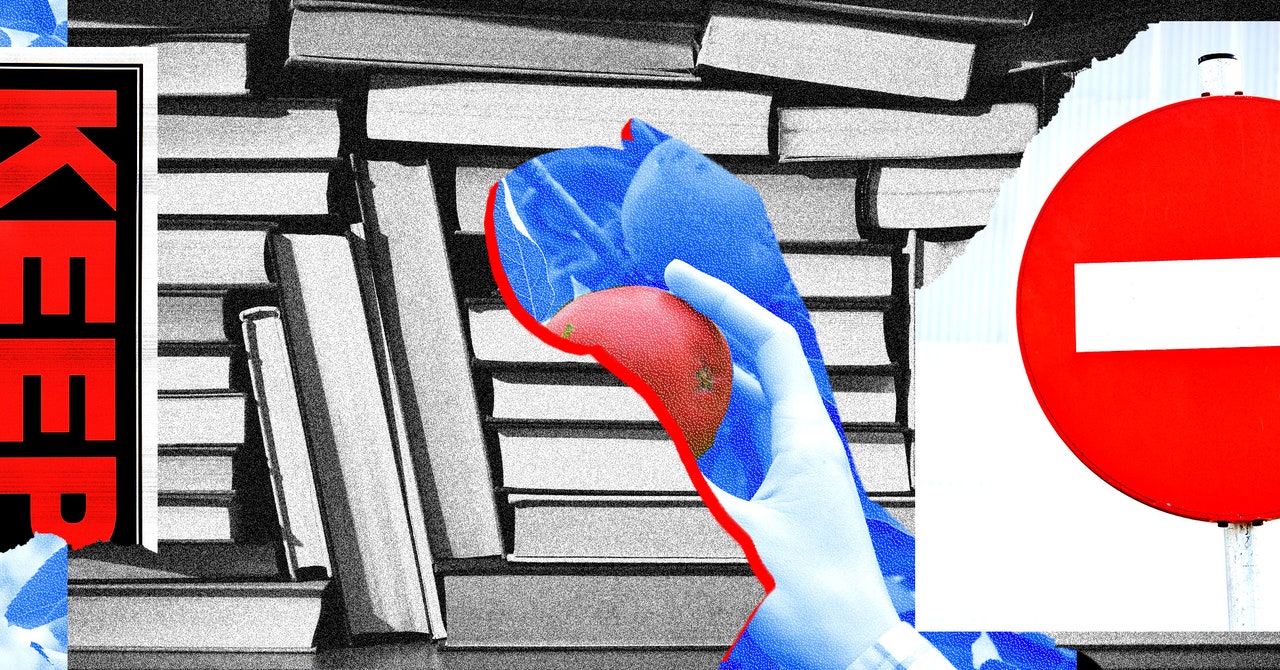
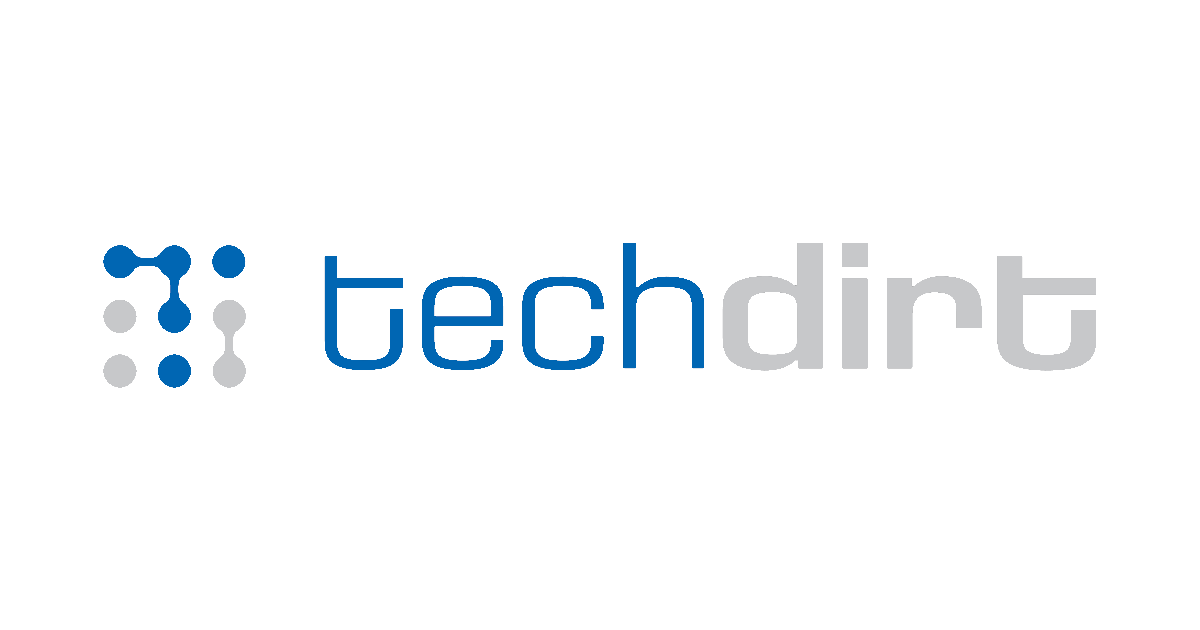
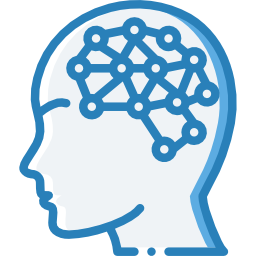

In a future where this is established, wouldn’t you expect non-compliant hardware to be treated just as drugs or machine guns are treated now?
I think that’s hardly an immediate worry, though. Various services already scan for illegal content or suspicious activity. It wouldn’t take much to get ISPs to snitch on their customers.